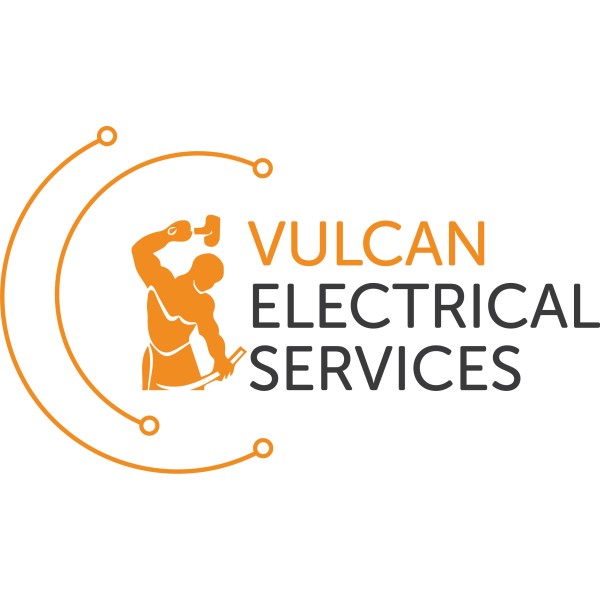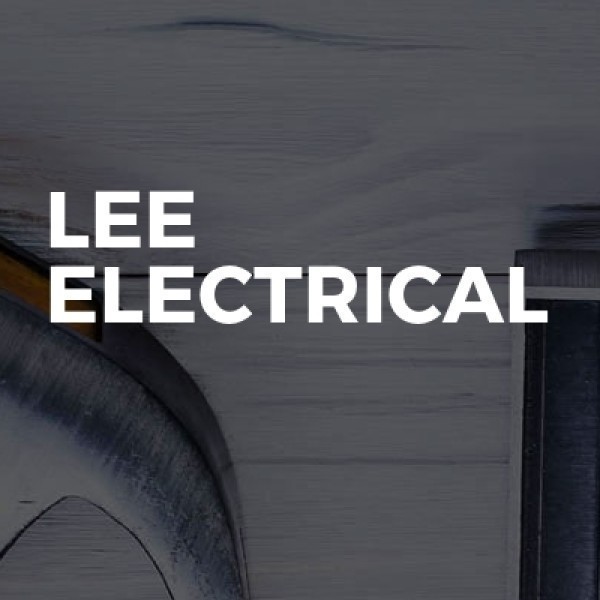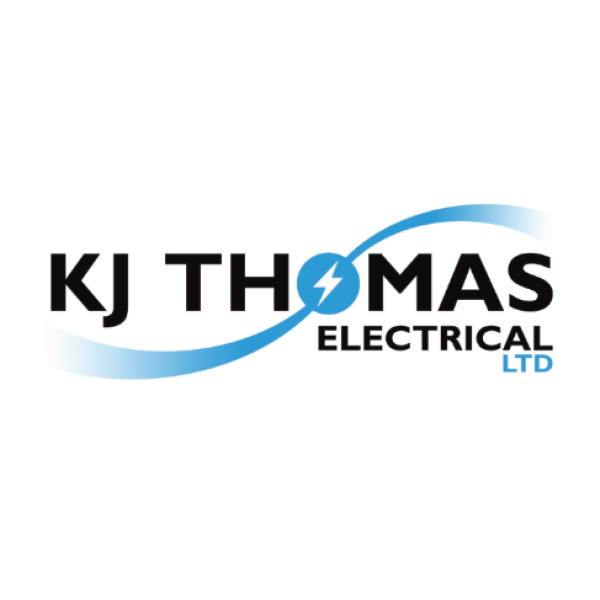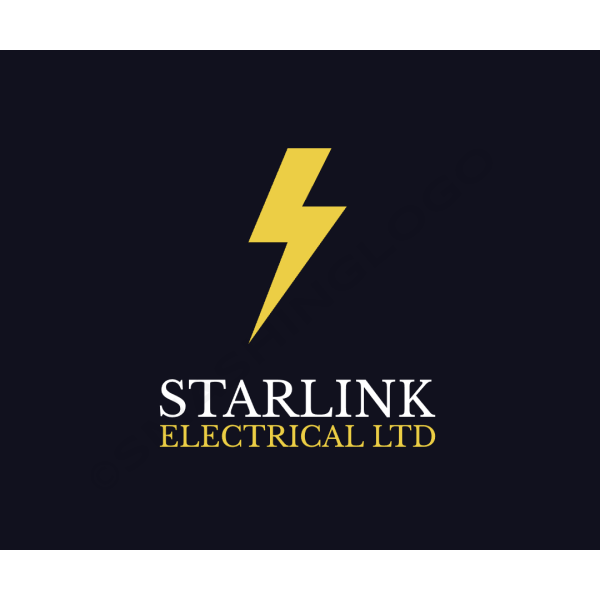EV Charger Installation in the UK
Welcome to Shafick Electrical Solutions, your go-to experts for all tradespeople services in Springfield and the West Midlands. O... read more »
Welcome to Hackwood Electrical, your go-to electricians in Stourbridge, proudly serving the West Midlands with top-tier electrical servic... read more »
Welcome to Severndale Electrical Ltd, your go-to electricians in Stourport-on-Severn, proudly serving the Worcestershire area. Specialisi... read more »
Welcome to Redfern Rowley Ltd, your trusted partner for all electrical services in Branston and across Staffordshire. Specialising in Ele... read more »
Welcome to Vulcan Electrical Services LTD, your go-to electricians in Hollingdean, East Sussex. As a leading electrical contractor, we pr... read more »
Welcome to Fury Electrical, your trusted local electricians based in the charming village of Gamlingay, proudly serving the entire Cambri... read more »
Welcome to Harris Electrical & Security Ltd, your trusted partner for all things electrical a... read more »
Welcome to Elec Test South East Limited, your trusted partner for all your tradespeople needs in Sompting and across West Sussex. Our ded... read more »
NJB Sparks Ltd is your go-to solution for all tradespeople needs in Chesham and the wider Bucki... read more »
Welcome to M A Plastering & Electrical Services Ltd, your go-to experts for electricians and plasterers in Colden, West Yorkshire. We spe... read more »
CH Electrical Contracting Ltd, nestled in the heart of Shottermill, is your go-to solution for all things electrical acr... read more »
Welcome to Wired Solutions LTD, your premier choice for expert electricians in Golborne and t... read more »
Deltawatt Ltd, nestled in the picturesque town of Longfield, is your premier choice for a comprehensive range of tradesp... read more »
Welcome to Lee Electrical And Maintenance LTD, your go-to local electrical contractor based in the heart of Thundersley. Proudly serving... read more »
Welcome to Portal Electrical & Security LTD, your trusted partner for all electrical and security needs in Gloucester and throughout... read more »
Welcome to JK Electrical, your trusted partner for all electrical services in Tower Gardens, Haringey, London. As a leading provider of t... read more »
Welcome to KJ Thomas Electrical Ltd, your trusted electricians in Gledrid, proudly serving th... read more »
Welcome to Haz Electrical Ltd, your go-to electricians in the heart of Coppice, proudly serving the Greater Manchester area. Our team of... read more »
Starlink Electrical Ltd, based in the heart of Beddau, is your go-to expert for all things electrical in Rhondda Cynon T... read more »
Welcome to CP Electrical, your trusted partner for all electrical needs in Fallin and the greater Stirling area. As a premier provider of... read more »
Search EV Charger Installation by county
- EV Charger Installation in London
- EV Charger Installation in Bedfordshire
- EV Charger Installation in Berkshire
- EV Charger Installation in Bristol
- EV Charger Installation in Buckinghamshire
- EV Charger Installation in Cambridgeshire
- EV Charger Installation in Cheshire
- EV Charger Installation in Cornwall
- EV Charger Installation in County Durham
- EV Charger Installation in Cumbria
- EV Charger Installation in Derbyshire
- EV Charger Installation in Devon
- EV Charger Installation in Dorset
- EV Charger Installation in East Riding of Yorkshire
- EV Charger Installation in East Sussex
- EV Charger Installation in Essex
- EV Charger Installation in Gloucestershire
- EV Charger Installation in Greater Manchester
- EV Charger Installation in Hampshire
- EV Charger Installation in Herefordshire
- EV Charger Installation in Hertfordshire
- EV Charger Installation in Isle of Wight
- EV Charger Installation in Isles of Scilly
- EV Charger Installation in Kent
- EV Charger Installation in Lancashire
- EV Charger Installation in Leicestershire
- EV Charger Installation in Lincolnshire
- EV Charger Installation in Merseyside
- EV Charger Installation in Norfolk
- EV Charger Installation in North Yorkshire
- EV Charger Installation in Northamptonshire
- EV Charger Installation in Northumberland
- EV Charger Installation in Nottinghamshire
- EV Charger Installation in Oxfordshire
- EV Charger Installation in Rutland
- EV Charger Installation in Shropshire
- EV Charger Installation in Somerset
- EV Charger Installation in South Yorkshire
- EV Charger Installation in Staffordshire
- EV Charger Installation in Suffolk
- EV Charger Installation in Surrey
- EV Charger Installation in Tyne and Wear
- EV Charger Installation in Warwickshire
- EV Charger Installation in West Midlands
- EV Charger Installation in West Sussex
- EV Charger Installation in West Yorkshire
- EV Charger Installation in Wiltshire
- EV Charger Installation in Worcestershire
Understanding Electric Vehicle Charging Points
Electric vehicles (EVs) are becoming increasingly popular as people look for more sustainable ways to travel. A crucial part of owning an EV is understanding how to charge it. Electric vehicle charging points, often referred to as EV chargers, are essential for keeping your car powered and ready to go.
Types of Electric Vehicle Charging Points
There are several types of EV chargers, each with different capabilities and uses. Understanding these can help you choose the right one for your needs.
Level 1 Chargers
Level 1 chargers are the most basic type of EV charger. They use a standard household outlet and provide a slow charge, typically adding about 3 to 5 miles of range per hour. These are ideal for overnight charging at home.
Level 2 Chargers
Level 2 chargers require a 240-volt outlet, similar to what you’d use for a clothes dryer. They charge much faster than Level 1 chargers, adding about 10 to 20 miles of range per hour. These are commonly found in homes, workplaces, and public charging stations.
DC Fast Chargers
DC Fast Chargers are the quickest way to charge an EV, providing up to 80% charge in about 30 minutes. These are typically found in public charging stations along highways and are ideal for long-distance travel.
Benefits of Installing an EV Charger at Home
Having an EV charger at home offers numerous advantages, making it a worthwhile investment for electric vehicle owners.
Convenience
Charging your EV at home is incredibly convenient. You can plug in your car overnight and wake up to a fully charged battery, ready for the day ahead.
Cost Savings
Home charging is often cheaper than using public charging stations. You can take advantage of lower electricity rates during off-peak hours to save even more.
Increased Property Value
Installing an EV charger can increase your property’s value. As more people switch to electric vehicles, having a home charger becomes an attractive feature for potential buyers.
Steps to Install an EV Charger at Home
Installing an EV charger at home involves several steps, but it’s a straightforward process with the right guidance.
Assess Your Electrical System
Before installing an EV charger, you need to assess your home’s electrical system to ensure it can handle the additional load. This may involve upgrading your electrical panel.
Choose the Right Charger
Select a charger that meets your needs. Consider factors like charging speed, compatibility with your vehicle, and whether you want a portable or fixed unit.
Hire a Qualified Electrician
It’s essential to hire a qualified electrician to install your EV charger. They’ll ensure the installation is safe and complies with local regulations.
Public EV Charging Infrastructure
Public EV charging infrastructure is expanding rapidly, making it easier for EV owners to find charging points when they’re away from home.
Charging Networks
There are several charging networks available, each with its own membership options and pricing. Some popular networks include ChargePoint, EVgo, and Tesla Superchargers.
Finding Charging Stations
Many apps and websites can help you locate nearby charging stations. These tools provide real-time information on availability and pricing.
Payment Options
Public charging stations offer various payment options, including pay-as-you-go, subscription plans, and membership cards. Choose the one that best suits your needs.
Environmental Impact of EV Chargers
EV chargers play a significant role in reducing the environmental impact of transportation.
Reducing Carbon Emissions
By using renewable energy sources to power EV chargers, we can significantly reduce carbon emissions compared to traditional petrol and diesel vehicles.
Supporting Renewable Energy
Many EV chargers are now integrated with solar panels and other renewable energy sources, further reducing their environmental footprint.
Promoting Sustainable Transportation
As more people switch to electric vehicles, the demand for sustainable transportation options increases, driving innovation and investment in clean energy technologies.
Challenges in EV Charger Installation
While installing EV chargers offers many benefits, there are also challenges to consider.
Cost of Installation
The cost of installing an EV charger can be significant, especially if electrical upgrades are needed. However, government incentives and rebates can help offset these costs.
Space Requirements
Installing an EV charger requires adequate space, both for the charger itself and for parking your vehicle. This can be a challenge in urban areas with limited space.
Regulatory Compliance
Ensuring your EV charger installation complies with local regulations is crucial. This may involve obtaining permits and adhering to specific safety standards.
Future of EV Charging Technology
The future of EV charging technology is bright, with many exciting developments on the horizon.
Wireless Charging
Wireless charging technology is being developed to allow EVs to charge without plugging in. This could make charging even more convenient and accessible.
Ultra-Fast Charging
Ultra-fast charging technology aims to reduce charging times to just a few minutes, making EVs even more practical for long-distance travel.
Smart Charging Solutions
Smart charging solutions use advanced software to optimise charging times and energy use, helping to reduce costs and improve efficiency.
Government Incentives for EV Charger Installation
Many governments offer incentives to encourage the installation of EV chargers, making it more affordable for individuals and businesses.
Tax Credits
Tax credits can significantly reduce the cost of installing an EV charger, making it a more attractive option for homeowners and businesses.
Rebates and Grants
Rebates and grants are available in many areas to help cover the cost of EV charger installation. These can be a valuable resource for those looking to make the switch to electric vehicles.
Support for Businesses
Businesses can benefit from incentives to install EV chargers, attracting customers and employees who drive electric vehicles.
Frequently Asked Questions
- What is the difference between Level 1 and Level 2 chargers? Level 1 chargers use a standard household outlet and charge slowly, while Level 2 chargers require a 240-volt outlet and charge faster.
- How much does it cost to install an EV charger at home? The cost varies depending on the type of charger and any necessary electrical upgrades, but government incentives can help reduce the cost.
- Can I install an EV charger myself? It’s recommended to hire a qualified electrician to ensure the installation is safe and complies with local regulations.
- Are there enough public charging stations available? The number of public charging stations is increasing rapidly, making it easier to find a charging point when needed.
- How long does it take to charge an electric vehicle? Charging times vary depending on the type of charger and the vehicle’s battery capacity, ranging from a few hours to overnight.
- What are the environmental benefits of using an EV charger? EV chargers reduce carbon emissions and support renewable energy, promoting sustainable transportation.
Electric vehicle charging points are an essential part of the transition to sustainable transportation. By understanding the different types of chargers, the benefits of home installation, and the future of charging technology, you can make informed decisions about how to power your electric vehicle. With government incentives and a growing public charging infrastructure, the future of electric vehicles looks bright.
Send a message
























